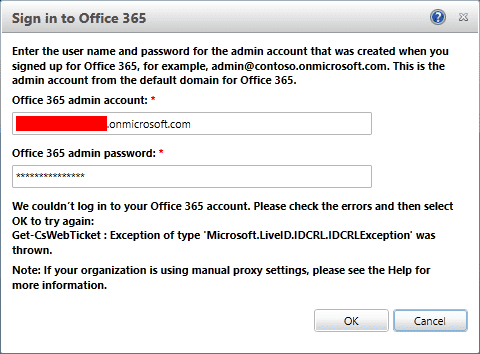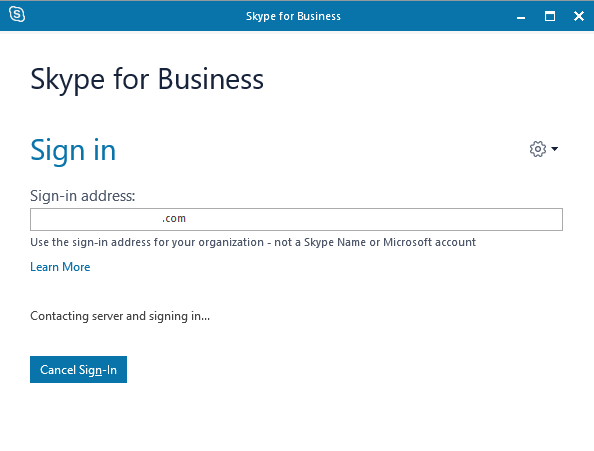

The RegistrarPool value is the FQDN of the Lync Front-End server or pool. Enter the following string in the command shell using the desired phone number, display name, and description.This new contact object is created automatically by the New-CommonAreaPhone cmdlet. Set-CsClientPolicy -Identity Global -EnableHotdesking $TRUEĪ Common Area Phone is defined by an Active Directory Contact which is not SIP-enabled through the normal means that a contact would be. Enter the following string in the command shell to enable hotdesking on the default Global client policy.The default Global policies contains Common Area Phone specific settings which will be applied to all devices signed-in using one of these accounts. Enable Hotdeskingīy default Hotdesking is turned off in Lync Server 2010. The second scenario will be much more verbose so skip to that section for the good stuff. This is for those who don’t care to read or understand how it all works, they just want to get it done and working. Making the assumption that a working Lync Server environment is available and PIN Authentication is currently working then this process is very simple.

The Lync Server Control Panel cannot be used for the majority of this configuration, so all steps in either scenario will be shown using the PowerShell-based Lync Server Management Shell. So this article covers two scenarios: a simple cut-to-the-chase approach to getting a Common Area Phone configured as easily as possible, and a more detailed approach with customized policies. If the underlying operation is not already understood by the reader beforehand then it may not be clear what the missing pieces are, thus following the configuration steps verbatim may not produce the desired results. Some of this information is not clearly explained and is located different chapters of the documentation.

While the official Configuring Common Area Phones documentation does already cover a majority of the content there are important items omitted. Once Enterprise Voice enabled Lync user accounts can successfully sign in using PIN Authentication then the steps in this article can be applied.Īs my modus operandi revolves around adding content and (hopefully) simplifying topics covered in the TechNet documentation, this article is no exception. This topic is covered in-depth in this previous blog article: Configuring Lync Server for Phone Edition Devices. In order to support the use of Common Area Phone (aka Hotdesking) the Lync Server environment first needs to be configured to support PIN Authentication for the Aries family of Lync Phone Edition devices (Polycom’s CX500, CX600, CX3000 and Aastra’s 6721ip, 6725ip).
#Cannot sign in to lync check to make sure you are online full
Neither these devices nor the extended communication modalities provided by a full OCS user account were really the best solution for a phone in an unsecured, common area. In Office Communications Server this experience was limited to using an executive-class CX700 (Tanjay) with a dedicated user account signed into the phone.

With the introduction of the new Lync Phone Edition client in Lync Server 2010 there is now a way to support basic telephony functionality without having to login as a regular user to a standalone handset.


 0 kommentar(er)
0 kommentar(er)
